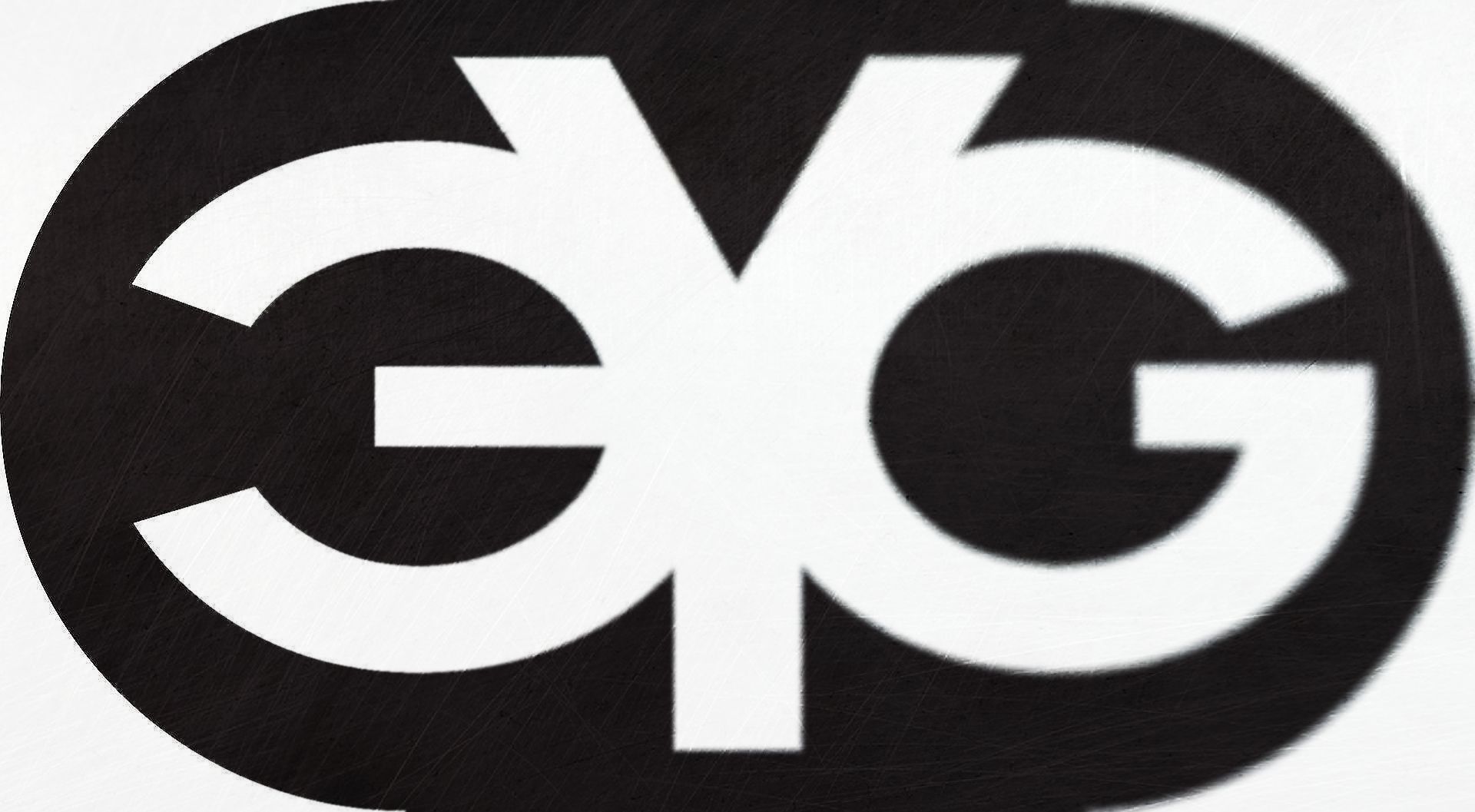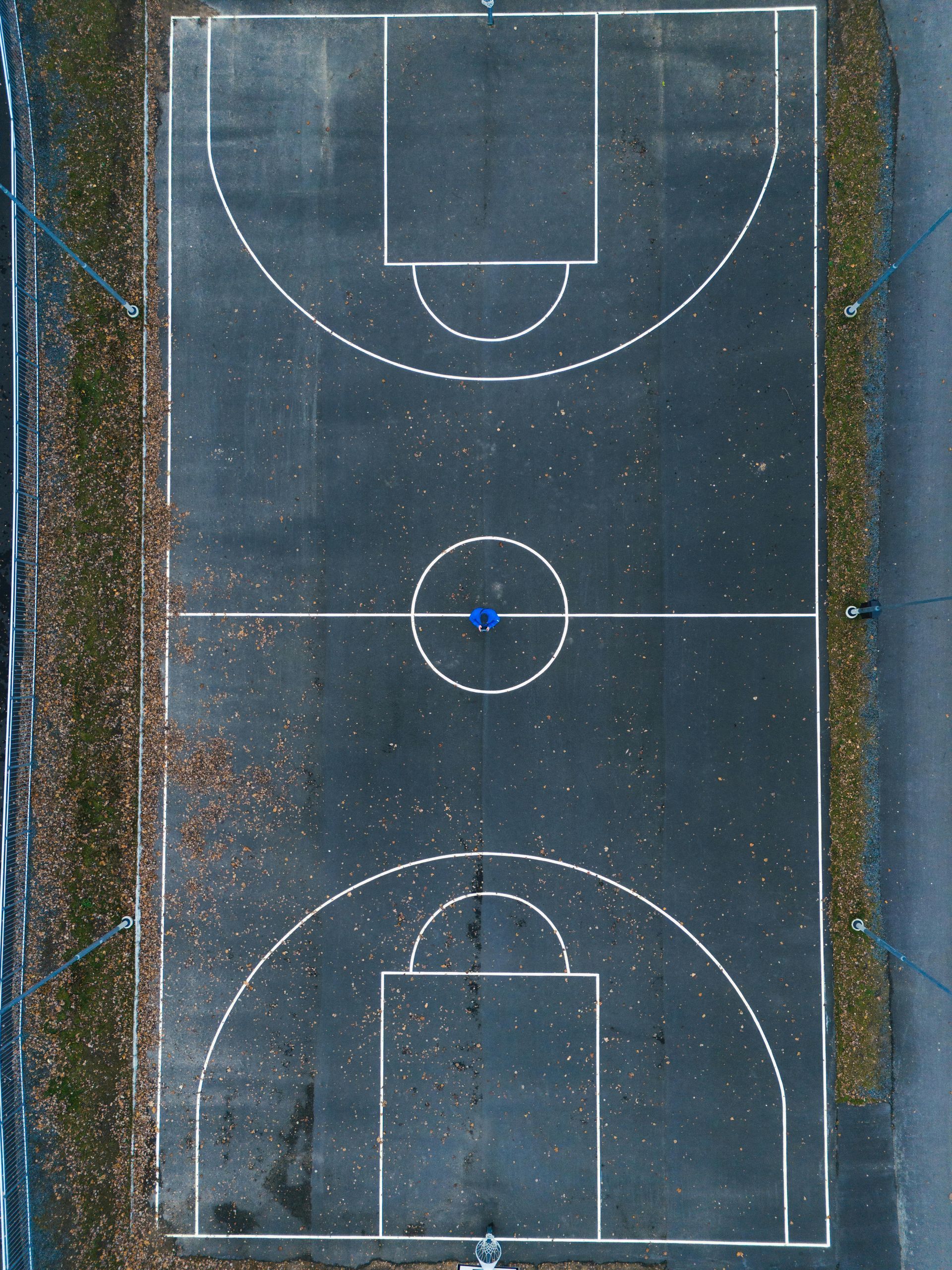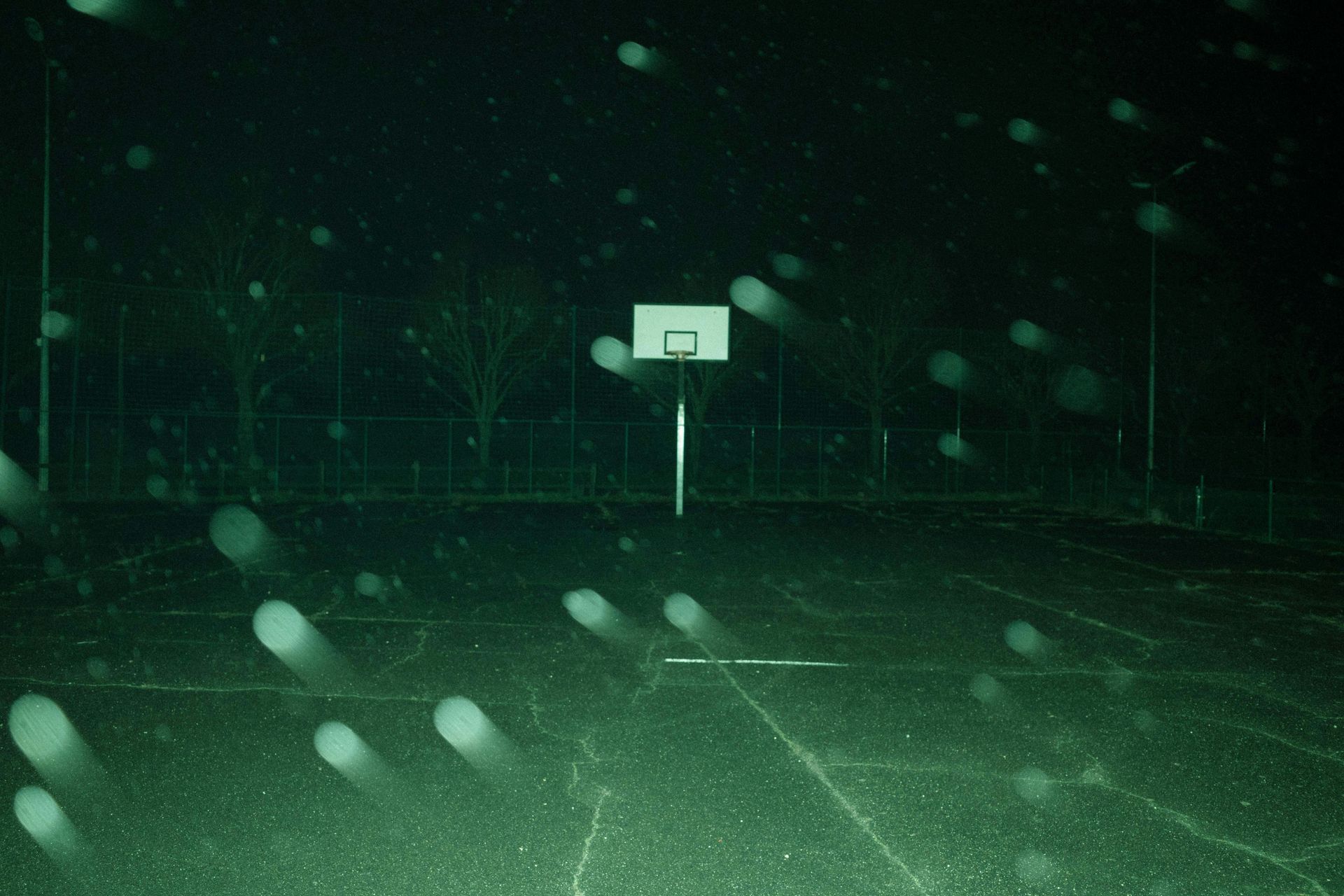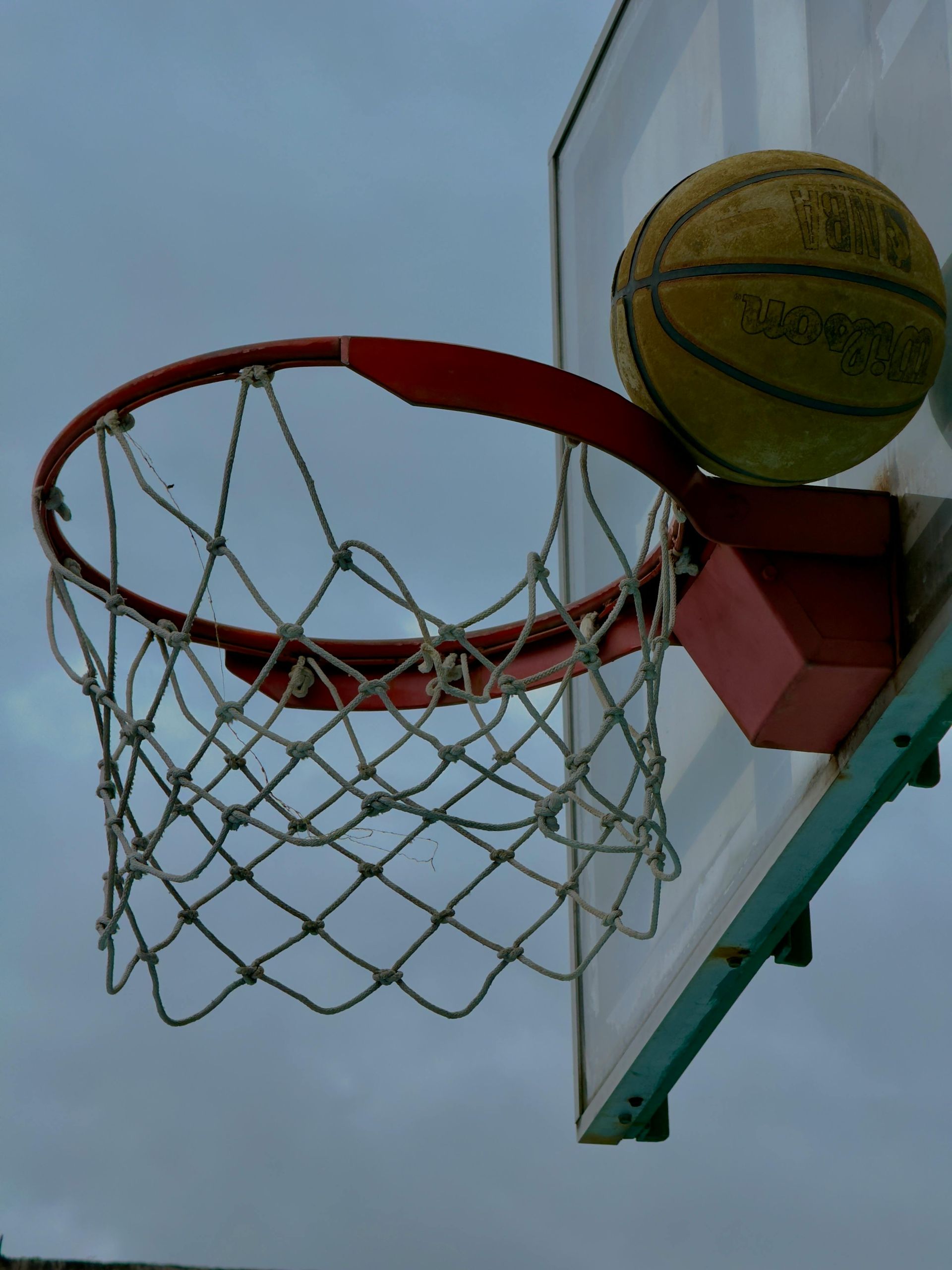Unlocking the Court: Mastering the Scoop Layup in Basketball
In the fast-paced world of basketball, having a diverse skill set can dramatically elevate your game and give you a strategic edge over your opponents.

In the fast-paced world of basketball, having a diverse skill set can dramatically elevate your game and give you a strategic edge over your opponents. One such skill that every player should have in their arsenal is the scoop layup, also known as the finger roll layup. This technique is not just about scoring; it’s about outsmarting larger defenders and adapting to tight situations. Let’s dive into the importance of this move and how it can benefit your gameplay.
Why the Scoop Layup?
The scoop layup offers several strategic advantages that can make a significant difference in high-pressure situations:
1. Evasion and Flexibility
When facing taller and more physically imposing defenders, the scoop layup shines as an effective countermeasure. Its unique approach involves extending the arm and curling the ball away from the defender’s reach, minimizing the risk of a block. This move is especially useful in crowded key areas where space and time are limited.
2. Deceptive Simplicity
At first glance, the scoop layup might seem like a simple maneuver, but its effectiveness lies in its subtlety. The motion of gently rolling the ball off the fingertips deceives defenders, who might anticipate a more forceful shot. The soft touch required for a finger roll layup allows for a higher, more controlled finish, making it difficult for defenders to predict and react in time.
3. Versatility on the Move
This layup technique is highly versatile and can be executed from various angles and speeds. Whether you're cutting to the basket or driving along the baseline, the scoop layup adapts to your movement, providing a reliable scoring option under varied circumstances.
Developing Your Scoop Layup
To effectively incorporate the scoop layup into your game, focus on the following key areas:
- Practice the Finger Roll: Work on the finesse required to roll the ball gently off your fingertips. This requires control and precision, as the aim is to get the ball to spin softly against the backboard or directly through the hoop.
- Work on Your Approach: The effectiveness of a scoop layup often depends on your approach to the basket. Practice driving from different angles and using your body to shield the ball from defenders.
- Game-Like Scenarios: Incorporate defenders into your practice sessions to simulate real game situations. This will help you adjust your technique based on the defender's position and actions.
- Strength and Agility Training: Enhancing your overall physical strength and agility can improve your execution of the scoop layup. Stronger core and leg muscles will help you maintain balance and control during the layup.
Conclusion
The scoop layup is a subtle yet powerful tool in basketball that allows players to navigate tight defenses and score in crowded areas. By mastering this skill, you can enhance your versatility as a player and increase your ability to score under pressure. So, take the time to refine your scoop layup technique and watch as it transforms your game on the court.
